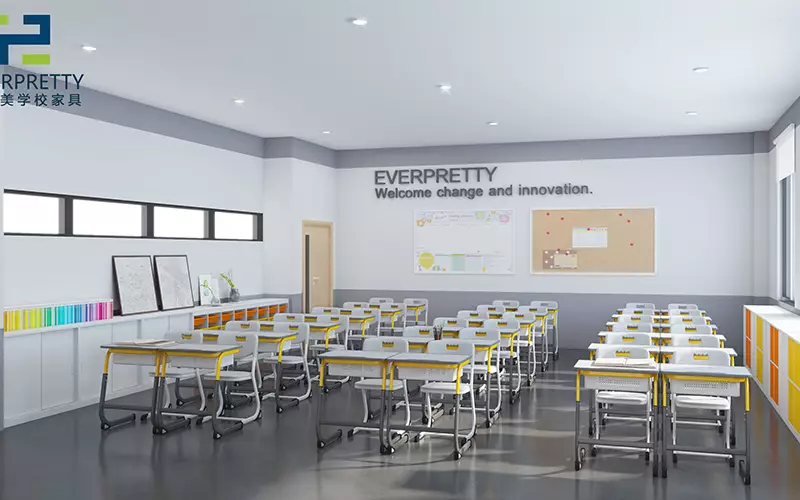As a teacher, it’s your job to create a fun and welcoming learning environment for your students throughout the year. Luckily, you can decorate your classroom so that students can learn in an organized and visually appealing environment. Even if you’re working with a smaller budget, you can still make your room an exciting place for your students to learn and grow.
Defining Your Classroom Style
1) Decide what type of atmosphere you want to create.
Base your classroom style around your teaching philosophy. For example, do you want your classroom to have a homey feel or a professional look? Do you want your students to feel calm or energized? Let these types of questions determine what type of atmosphere you want to create.
• A homey classroom might have friendly, warm decor, while a professional classroom might stick to basic colors and a few educational posters.
• A calm classroom might be minimalist, while an energetic classroom might have bright colors and lots of posters.
2) Choose a furniture arrangement that suits your teaching style.
Consider how you want your students to interact with you and each other. You might choose rows to limit talking, desk groupings to encourage collaboration, or a giant desk circle to facilitate classroom discussions. You could even create a system for different types of desk groupings, but your room should be set up to allow this.
• Make sure your desk, bookshelves, and organizational furniture are placed so that they don’t get in the way of your desk arrangements.
• For example, you might put your desk at the front of the room so you can overlook the classroom and create authority, or you might put it in the back of the classroom to avoid intimidating your students. Putting it on the side might create a good balance between being visible to students and keeping them at ease.
3) Match your decor to the age of your students.
It’s important that your decor matches the age of your students because it can impact how they learn and behave in your class. You want young children to feel excited and unafraid, while teens need to feel engaged and responsible.
• Younger students often benefit from bright colors, fun shapes, and educational reminders. For example, you might put up multiplication charts.
• Middle school children might respond well to inspirational posters and a setup that allows them to be independent.
• High school students might not respond well to cutesy decor. Instead, a balance between homey and professional can work well for them.
That is how you can decorate your classroom with furniture. 🙂





Leave A Comment